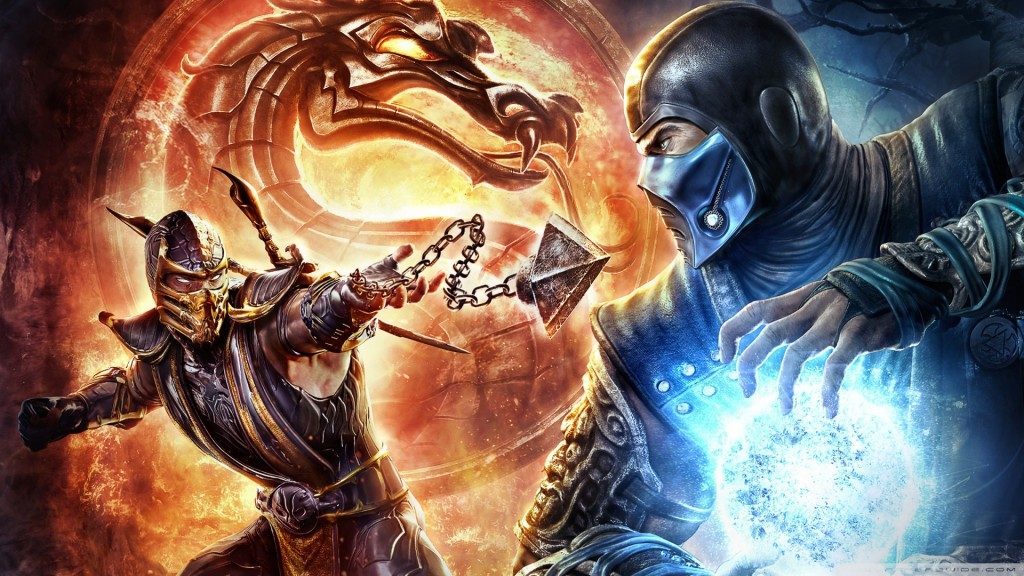
The evolution of the tournament fighting genre
By Adam Tatelman, Arts Editor
In the primordial epoch known only as “the early ’90s,” the most fun anyone could have was burning their entire college fund on the altar of competition to become the champion of the arcade. The defining multiplayer experience of the time was the tournament fighting game, and the undisputed quarter-quaffing king of cabinets was the almighty Street Fighter II, with Mortal Kombat posing as a distant heir.
Today, Mortal Kombat X dominates the console market with an iron fist, leaving Street Fighter V wallowing in the remains of its own franchise, abandoned by its disillusioned fan-base. Oh, how things change.
At first, it was Street Fighter’s flawless control, eclectic cast of characters and split-second timing that made it a hit. Though it is less input-heavy than modern fighting games, it offered a free-form combat system that allowed for impressive combos to arise through happenstance or experimentation. Despite its primitive interface, it remains one of the best-balanced fighting games ever made. For this reason, Street Fighter II tournaments are still held 25 years after its initial release.
Mortal Kombat the first offers no such technical mastery. Although it used (at the time) innovative motion capture technology to animate the characters, its control was much rockier than SFII. Mortal Kombat’s success sprang from the strength of its marketing and the controversy surrounding its violent content, a feature which spurred the creation of the Entertainment Software Ratings Board. Without that notoriety, Mortal Kombat would surely have landed in the dustbin of obscurity decades ago.
Both franchises sequelized to the Nth degree, marketing sequels and spin-offs and updated re-releases at a rate that even today makes Ubisoft look conservative by comparison. But where Mortal Kombat improved upon its formula, Street Fighter stagnated. By the time Street Fighter III had been re-released as 2nd Impact, 3rd Strike, and New Generation, MK had experimented with Soul Calibur-style 3-D movement and polygonal graphics, where its competitor never left the 2-dimensional plane.
From here, aggravating trends began to appear in both franchises. In Street Fighter IV, the pace of combat slowed considerably, placing a greater emphasis on pure reflexes instead of opponent analysis and strategic anticipation. It was a change akin to transitioning from blitz chess to a game of snap. Mortal Kombat went the complex route, redefining the formula with impressive-yet-unbalanced combos based on rote memorization of long input strings.
Come Street Fighter V and Mortal Kombat X, the mechanics of each game only barely resemble their respective predecessors. Both retain their iconic character rosters, but Mortal Kombat has arguably stayed truer to the spirit of its predecessors—namely, the comical, overblown violence. SF5 succeeded only in alienating its already skeptical fanbase by homogenizing the characters’ once-distinctive and unique fighting styles.
Though many newcomers bemoan the elitists who dislike modern changes to the formula, it is not elitism to suggest that not all progress is necessarily good. In the case of SFV, the choice to simplify core features did not draw nearly enough new players to replace the veterans who abandoned ship. As a result, MK has been primed to reign for years to come. Let this be a lesson to developers who forget what drew audiences to their games in the first place. Identity, once lost, is bloody hard to get back.


